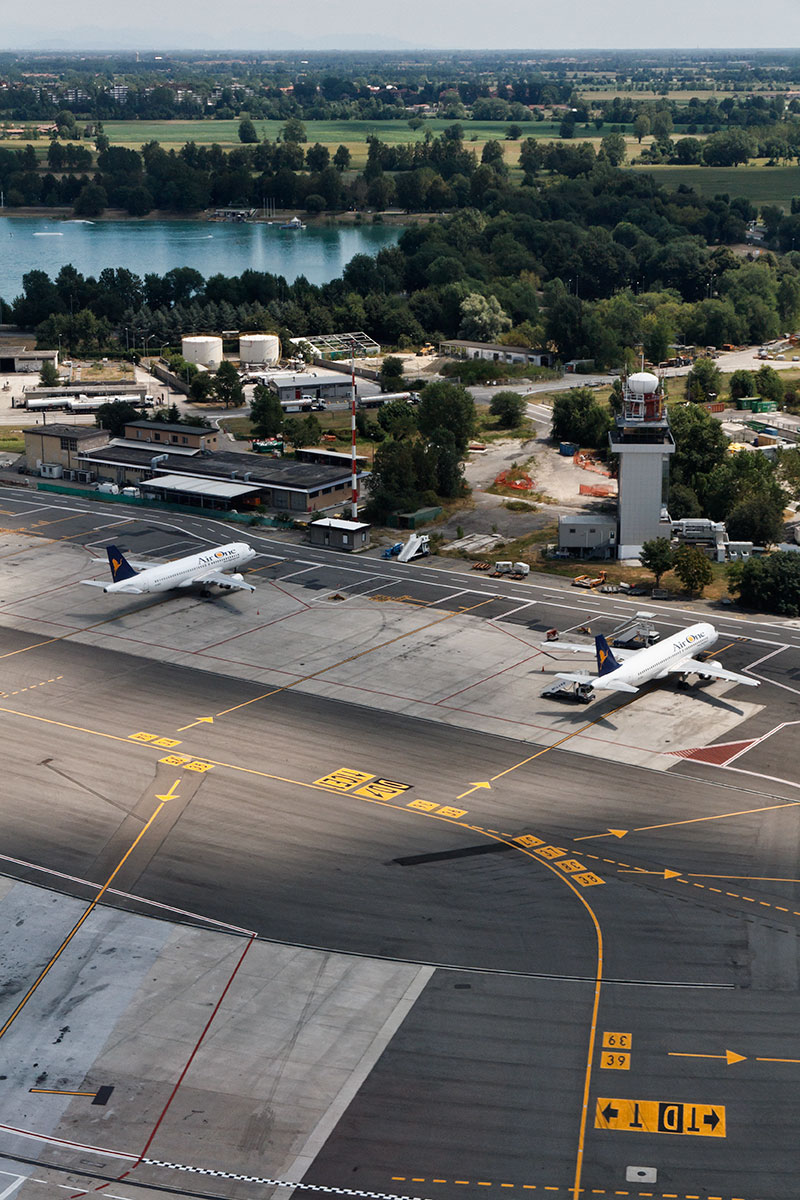Linate in Milan has become the biggest airport yet to provide operators with satellite-based EGNOS navigation services.

By augmenting existing satellite signals, EGNOS offers enhanced vertical precision and integrity, allowing pilots to rely on it for a safe approach at places and meteorological conditions previously not possible. The system formally came into operation at Linate on 13 December last year when the first approach procedure based on EGNOS was published.
Other Italian airports are scheduled to follow suit in 2013, in line with Italy’s national Performance Based Navigation (PSN) implementation plan to meet International Civil Aviation Organization (ICAO) recommendations for runway approaches. This will be well in advance of ICAO’s call to deploy approaches with vertical guidance at all runways by 2016, for which EGNOS is one of the key technologies.
EGNOS uses localizer performance with vertical guidance (LPV) approach proceduresf, which offer enhanced vertical guidance improving safety, accessibility and efficiency to operators, pilots and airports. It is a cost effective alternative to the current ubiquitous instrument landing system (ILS) using a ground-based precision guidance, offering similar performance without the need for infrastructure installation and maintenance. It is also, crucially, free of charge.
EGNOS offers particular benefits for the aviation sector, helping to improve flight safety, cut delays, lower carbon emissions and open up new destinations.
It also offers curved approaches and more efficient routes to save fuel and lower noise to populated areas near airfields. Its use of low cost, high performance avionics offers improved accuracy compared to GPS alone, which means reduced delays, diversions and cancellations by 48% according to a 2010 study. The gain in fuel efficiency alone is estimated at €1.2 billion.
EGNOS “already a reality”
Linate’s opening up to EGNOS was welcomed by Dirk Werquin, President of the European Satellite Services Provider (ESSP), the EGNOS system operator and a service provider. “The use of EGNOS for LPV approach procedures is already a reality in Europe,” Werquin said. “We, as the EGNOS Service provider, are proud that Italy has also started to benefit from the EGNOS service, as done in other European countries as France, Switzerland, Germany and the state of Guernsey [a British Crown dependency].”
He was echoed by Massimo Garbini, CEO of ENAV, the Italian air navigation service. “The LPV approach procedure supported by EGNOS in Milano Linate airport confirms that the vision ENAV had more than 15 years ago on the new air navigation service (ANS) scenarios was correct and the strong effort invested by the company in the promising satellite technologies was and is well addressed,” he said.
Linate handles more than nine million passengers each year. It has connections with major European hubs like Paris, London, Brussels, Amsterdam, Madrid, Berlin, Lisbon and Malta. However, it is mainly used for domestic flights, with Rome, Catania, Naples, Palermo and Cagliari the top Italian destinations.
More Information:
European Satellite Services Provider (ESSP)
Media note: This feature can be republished without charge provided the European GNSS Agency (GSA) is acknowledged as the source at the top or the bottom of the story. You must request permission before you use any of the photographs on the site. If you do republish, we would be grateful if you could link back to the GSA website.